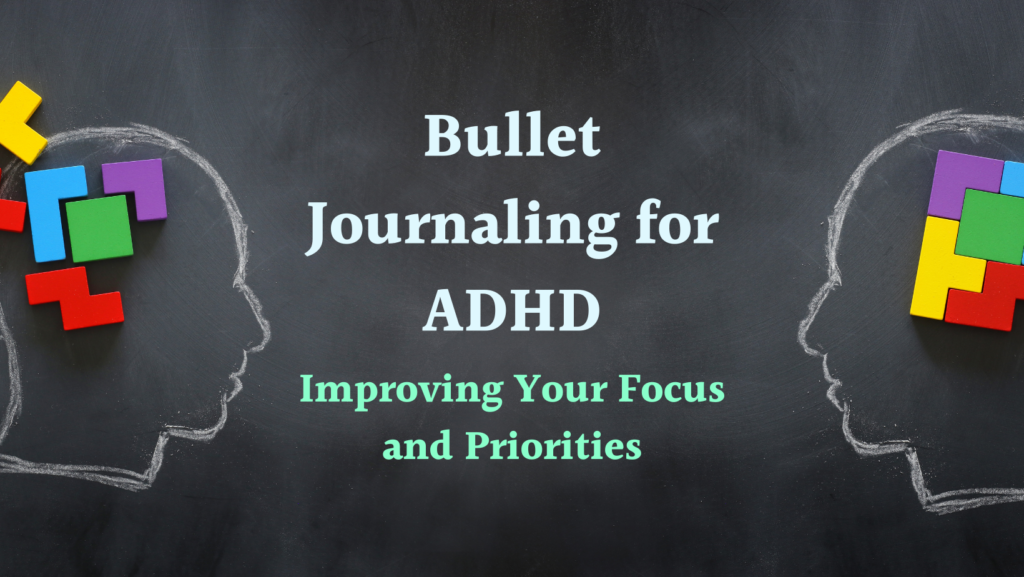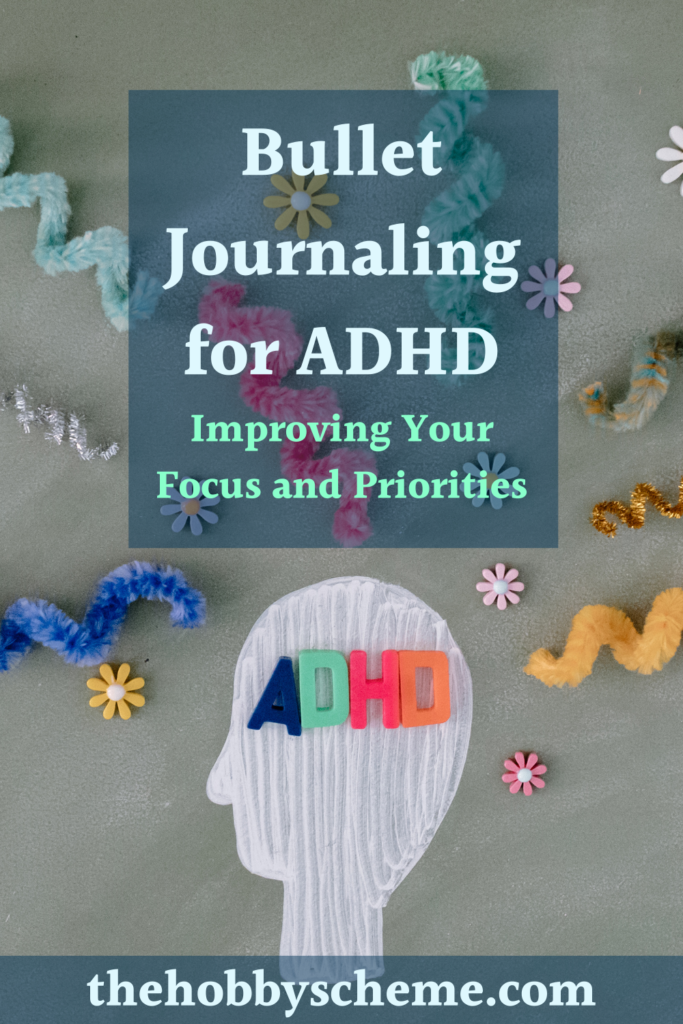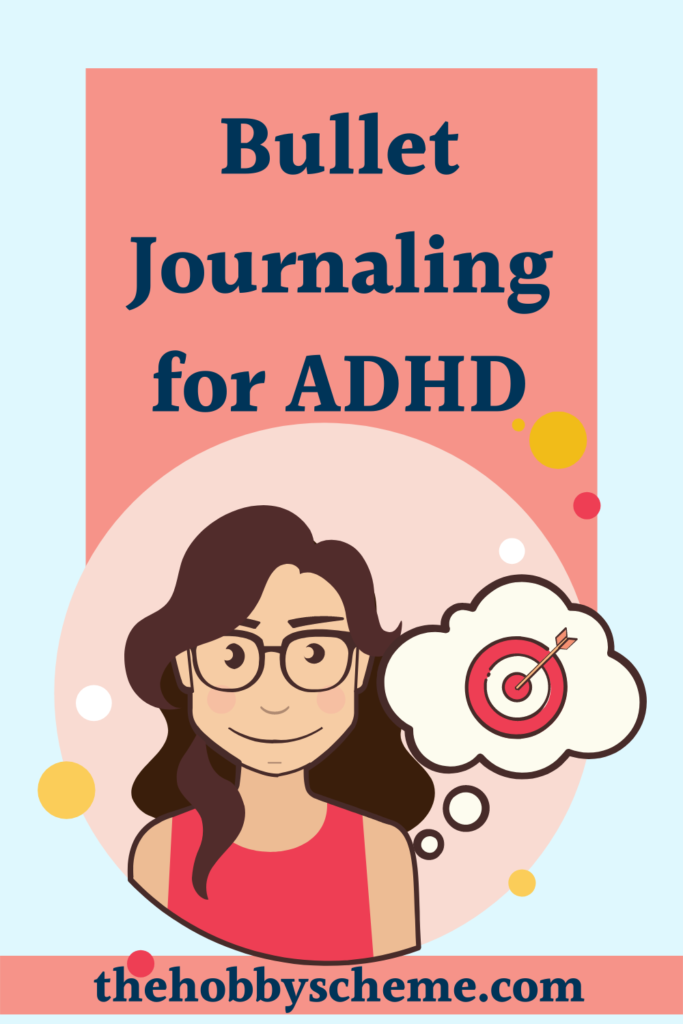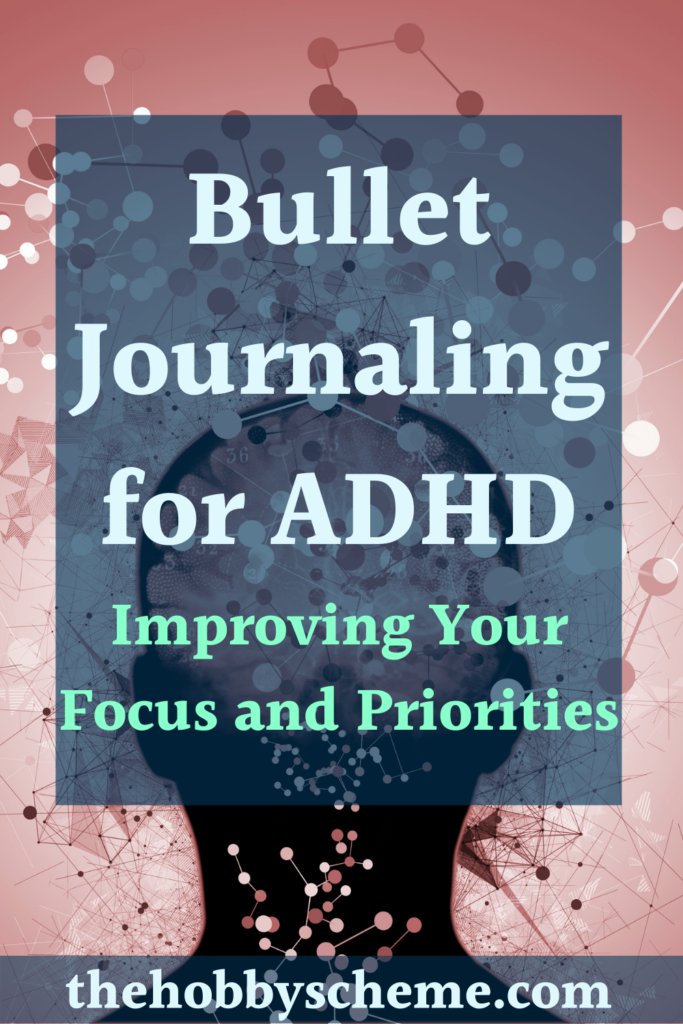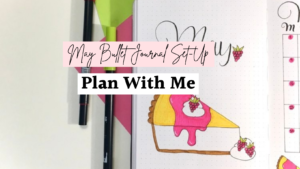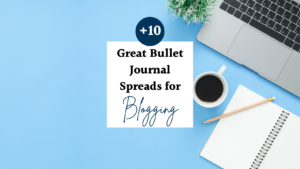ADHD, Attention Deficit Hyperactivity Disorder, is a mental disorder in which people struggle with their ability to focus, stay still, and think before they act (impulsivity). There are, of course, other characteristics. It can feel different for everyone, so I won’t go into a deep definition, but the inability to focus is what I will be talking about. (If you are looking for more information about ADHD, click here!)
Because Ryder Carroll, the creator of the Bullet Journal method, was struggling with his own ADHD and concentration, he came up with bullet journaling. Over time, he found that journaling helped him to limit his distractions and prioritize. Bullet journaling has been helping people with ADHD ever since!
How Bullet Journaling Got Started
The Bullet Journal method was created by Ryder Carroll, a digital product designer and author. Bullet journaling has become an artistic outlet for a lot of people and an organizational method, but at its heart, bullet journaling is intended to help limit the noise of everyday life.
Ryder Carroll was diagnosed with ADHD as a child. In an article he wrote, Carroll describes his experience as “trying to catch the rain.” He explains that there are so many thoughts and things he feels like he needs to address at once (the rain). Everything stops when “lightning strikes”. Then he cannot concentrate on anything but the lightning for a few minutes or even hours.
Ryder Carroll created the Bullet Journal method to help him control those symptoms. He found that keeping short notes with symbols and an organizational system helped him to “capture, filter, and channel information.” With that, the Bullet Journal method was born.
If you want to learn more about Ryder Carroll’s Bullet Journal method, check out his book!
What is Bullet Journaling?
Bullet journaling, for those who don’t know, is basically like keeping an elaborate agenda. You keep track of everything you need to do, but also everything you did that day, week, or month. As the bullet journal website says, “the bullet journal method is a mindfulness practice disguised as a productivity system.”
Bullet journals are intended to help you stay on track with all the tasks you want to work on. Yet, by keeping track of all those things, you are improving yourself and your productivity.
Bullet journaling can be as detailed as you want! You can create a simple list or you can create beautiful designs. Whichever you choose, the journal is intended for you to organize your life.
What is Rapid Logging?
Rapid logging is the use of short-form sentences and bullet points to communicate in your bullet journal. It is a way to easily document everything you did or want to do in your journal. Ryder Carroll used this method of communication to create the Bullet Journal method.
Let me give you a quick rundown of the rapid logging system!
Bullets are short sentences in your bullet journal, which are split into 3 types: tasks, events, and notes.
Tasks are all the things you want to do or have to do that day. This type of bullet is demonstrated by a dot. When you want to include a task in your bullet journal, you would use a dot as your bullet point. When you complete the task, you x out the dot. If you want to migrate (transfer a task to a different day or month because it wasn’t completed), you simply use a greater-than symbol (>) over the dot. When you want to move a task into the future log, you use the lesser-than symbol (<). Lastly, if a task becomes irrelevant, you can simply cross out the entire task.
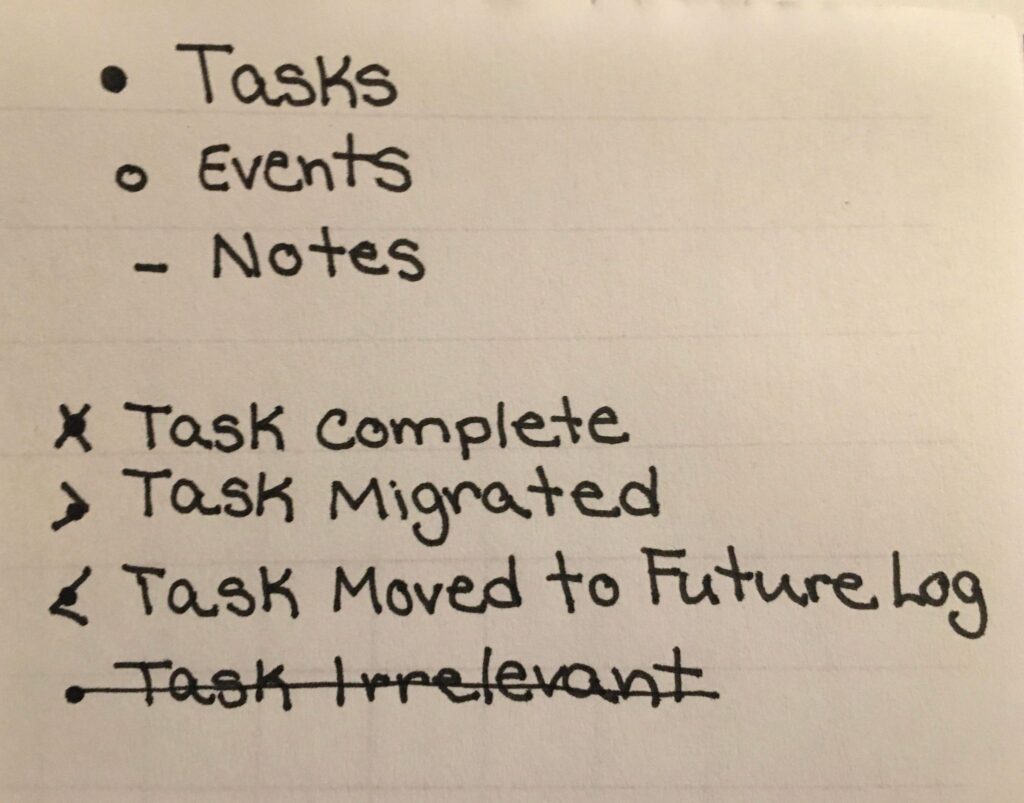
Events are the plans you have scheduled. If you have a birthday party to go to or any other event, you add that event to your bullet journal using a circle.
Finally, notes are done with a dash. Notes are anything you want to add to your journal. If you have something important that you need to know about an event or a task, you can add it with a note.
This type of bullet journaling is perfect for ADHD. It is quick and easy! But the best part is the organization. It makes everything easy to read and use.
(Click here for more information on rapid logging!)
Using Your Bullet Journal to Focus
One common symptom of Attention Deficit Hyperactivity Disorder is difficulty concentrating and focusing. Bullet journaling can be used to help people with ADHD “filter out distractions” as Carroll puts it.
Ryder Carroll explains that bullet journaling helps him to understand why he’s doing what he is doing. It doesn’t give him the answers to everything, but it does help him to see his responsibilities in a different light, according to his article. By recognizing this, he can filter out the things that serve no purpose. Therefore, he can focus more on the things that matter.
In another article by Jessica McCabe, the author states that offloading everything they need to do during the day into their bullet journal allows for more space in their mind for their work.
By writing down everything that concerns you or that takes up room in your daily thoughts, you can limit the distractions you have. Bullet journaling is perfect for releasing your stresses to, therefore, be able to focus on what matters to you.
Essentially, bullet journals can help you to recognize your priorities, which leads me to my next point; bullet journals can be used to prioritize things in your life.
Using Your Bullet Journal to Prioritize
Jessica McCabe, the creator of the How to ADHD YouTube channel, also wrote an article about her use of the Bullet Journal method. She lists off a couple of reasons why the bullet journal works; one of which is the bullet journal’s ability to help her prioritize.
After using her bullet journal for a year, she states that “I’ve gotten better at spending my time and energy on stuff that matters, and I’ve made more progress toward my goals in the last year than I ever imagined was possible.”
Bullet journaling helped her to prioritize. Having a journal makes it so that you can plan in advance. With ADHD, it can be hard to plan ahead, but the bullet journal is there to help you. It is a short and easy way for you to keep track of what you want to work on and actually get it done.
Bullet journaling is intended to help you plan ahead and actually stick to those plans. Though you might find that it takes some time (or a lot of time, in other cases) to get used to, bullet journaling for ADHD can be a great asset.
Ryder Carroll explains that bullet journaling provides him with an awareness of where things went wrong and how he can improve. Essentially, bullet journaling gives him more control over his life.
In conclusion, Ryder Carroll’s Bullet Journaling method was first created as a helpful tool for Attention Deficit Hyperactivity Disorder. And it can still be just as helpful today! When you start bullet journaling, you are taking the first steps toward the awareness of your distractions. Consequently, you can find your priorities and use them to complete your goals. Bullet journaling is a great asset for people with ADHD. Let me know how bullet journaling helps you in the comments!

